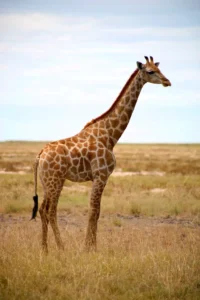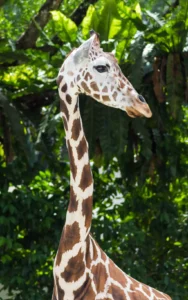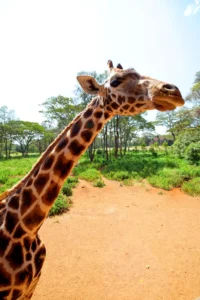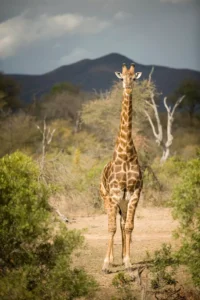Giraffes, the world's tallest animals, have intrigued humans for centuries. Their long necks, spotted patterns, and graceful movements make them a sight to behold. But when it comes to their mating habits, many mysteries remain. This article delves deep into the world of giraffe reproduction, shedding light on the intricate behaviors and rituals that these majestic creatures exhibit.
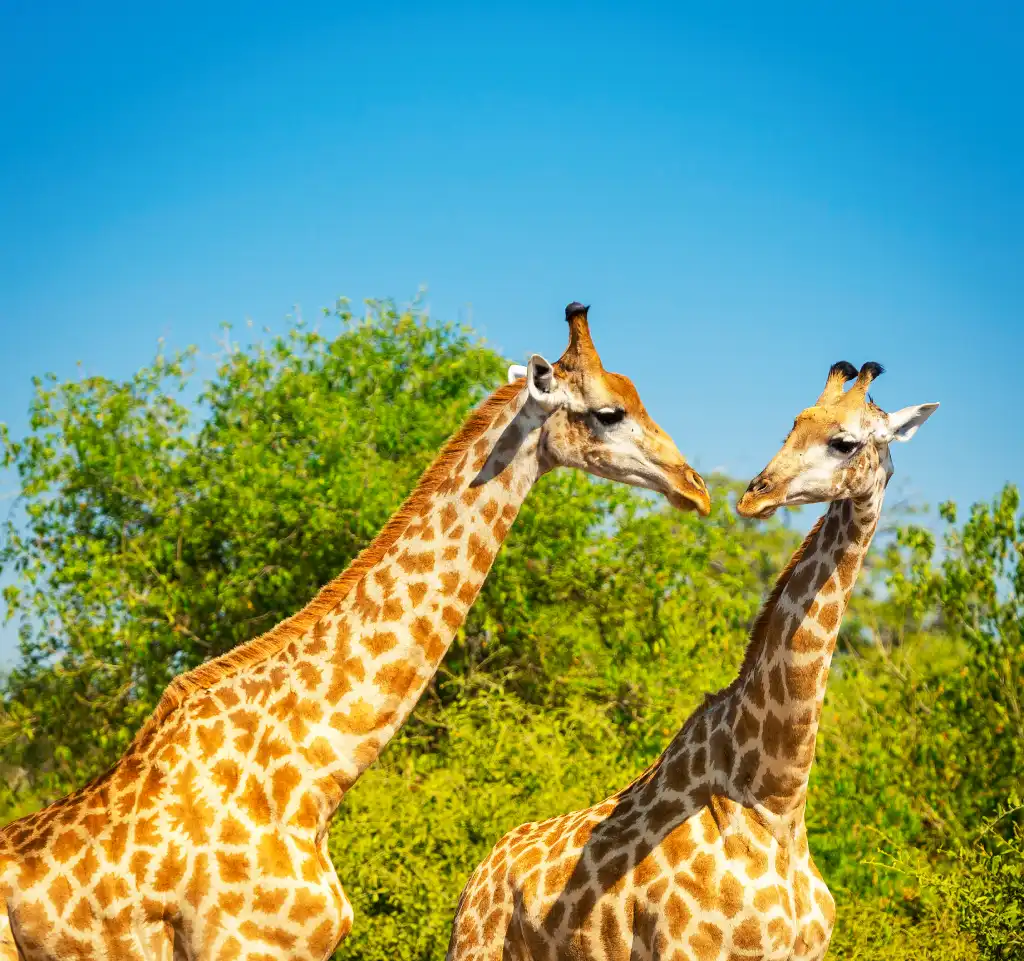
Key Takeaways:
- Giraffes mate year-round, with breeding times potentially corresponding to periods of high food availability.
- Male giraffes search for receptive females in herds, using a unique method of urine testing to determine fertility.
- Female giraffes have a two-week estrous cycle but are only fertile for a few days within this period.
- Mating can be a delicate process, with the male needing to balance on the female, who may weigh significantly less than him.
Giraffe Mating Habits
Year-Round Mating
Unlike many animals that have specific mating seasons, giraffes mate year-round. However, there's some indication that their breeding times might correspond with periods when food is more abundant. This makes sense, as ample nutrition would support the growth and development of calves.
The Social Dynamics of Giraffes
Giraffes live in what's known as a fission-fusion society. This means the size and composition of their herds continually change. This dynamic social structure allows them to find mates more efficiently. As biologist Fred Bercovitch from Kyoto University describes it, giraffes live in a "permanent cocktail party." Some are social butterflies, mingling with many, while others interact with fewer individuals. Similarly, male giraffes move through herds, seeking females receptive to mating.
https://www.youtube.com/watch?v=FAY3Dx6CHfE
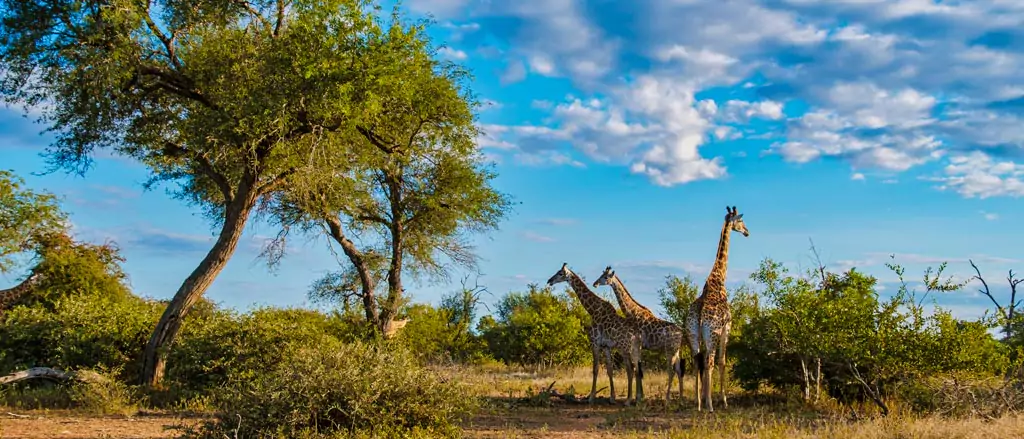
The Unique Mating Ritual
The process by which a male giraffe identifies a potential mate is fascinating. He prods the rear ends of various females with his head. If interested, a female will spread her legs and urinate. The male then exhibits a behavior known as the flehmen response. He lifts his upper lip, flares his nostrils, and inhales deeply. Sometimes, he even tastes the urine. This ritual allows him to determine if the female is in her fertile window.
https://youtube.com/watch?v=e5tRtJpZy5o
The Intricacies of Giraffe Reproduction
Female Fertility Window
Female giraffes have a two-week estrous cycle. However, they are only fertile for a narrow window of fewer than four days during this period. This cycle repeats until the female conceives. The urine testing ritual performed by the male helps him identify females within this fertile timeframe.
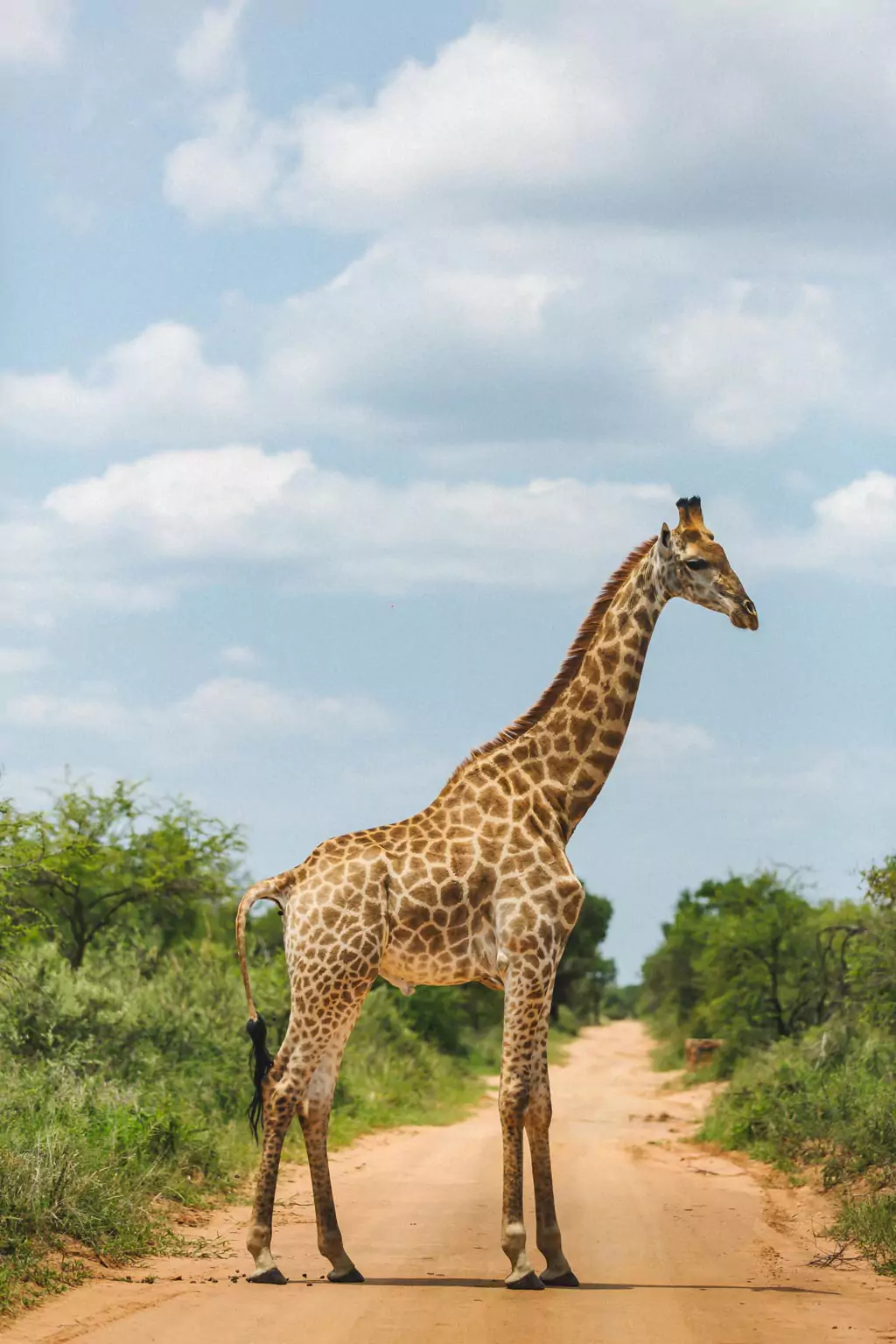
The Act of Mating
Once a male identifies a fertile female, he stands behind her, often resembling a statue. If the female moves, he follows, maintaining his position behind her. To signal his readiness to mate, he occasionally taps her hind legs with his forelegs. Despite the potential for conflict, it's unclear if males fight over mates. When it comes to the act itself, the female must balance a mate that could weigh up to 50% more than her. After successfully mounting, the male typically ejaculates in less than 2 seconds.
https://youtube.com/watch?v=z4ayz9b7YvY
External Factors and Considerations
While the mechanics of giraffe mating are intriguing, many external factors influence their reproductive behaviors. The availability of food, presence of predators, and environmental conditions can all impact when and how giraffes mate. Additionally, the social dynamics within giraffe herds play a crucial role in determining mating partners.
For more insights into the world of giraffes and their behaviors, check out Live Science's article on the subject.
Frequently Asked Questions (FAQs)
1. At what age do giraffes start mating?
Males are typically ready to mate around the age of seven. However, due to the need to compete with other males for mating rights, not all can breed at this early age. Females, on the other hand, are ready to mate when they are about four years old.
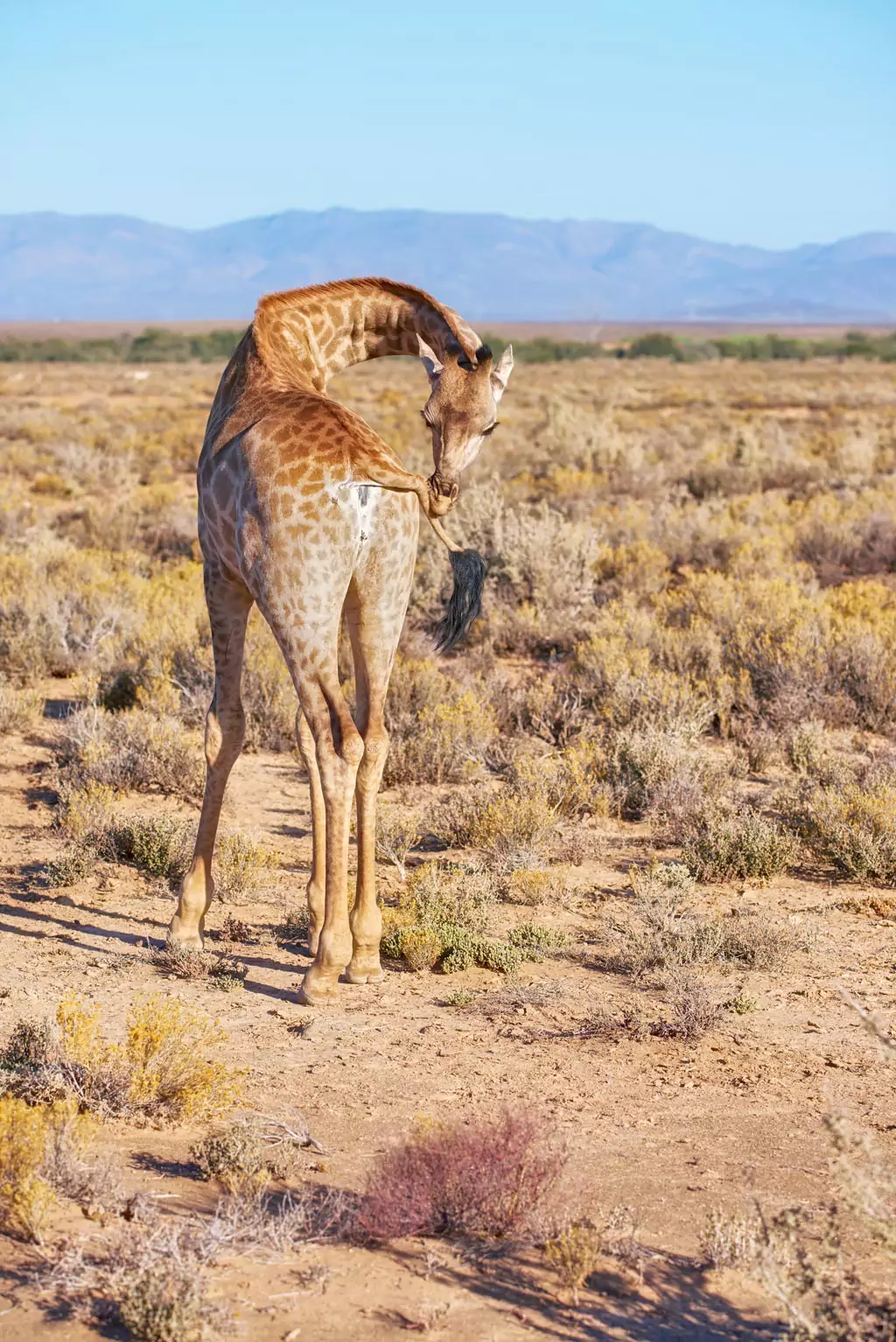
2. How do males identify receptive females?
Males identify receptive females by smelling their urine. This unique behavior helps them determine the female's fertility status.
3. Is there a specific mating season for giraffes?
Giraffes do not have a designated mating season. However, mating is more common during the rainy season when food is abundant. In times of food scarcity, they are less likely to breed.
4. How do giraffes give birth?
After a gestation period of approximately 15 months, female giraffes give birth while standing. This means calves are born falling from a height of almost two meters. Despite this dramatic entrance, the calves are unharmed and can stand and walk within 20 minutes.
5. What challenges do young giraffes face?
The initial months after birth are perilous for giraffe calves. They are vulnerable to predators like hyenas, lions, wild dogs, and leopards. Despite the protection offered by their mothers, only about 25% of young giraffes reach adulthood.
https://youtube.com/watch?v=TB4cVBH3EyQ
Giraffe Reproduction: A Closer Look
Giraffes have a unique reproductive process. The males, eager to find a mate, move through herds, smelling the urine of females to determine their reproductive status. This behavior, while odd to humans, is crucial for the survival of the species.
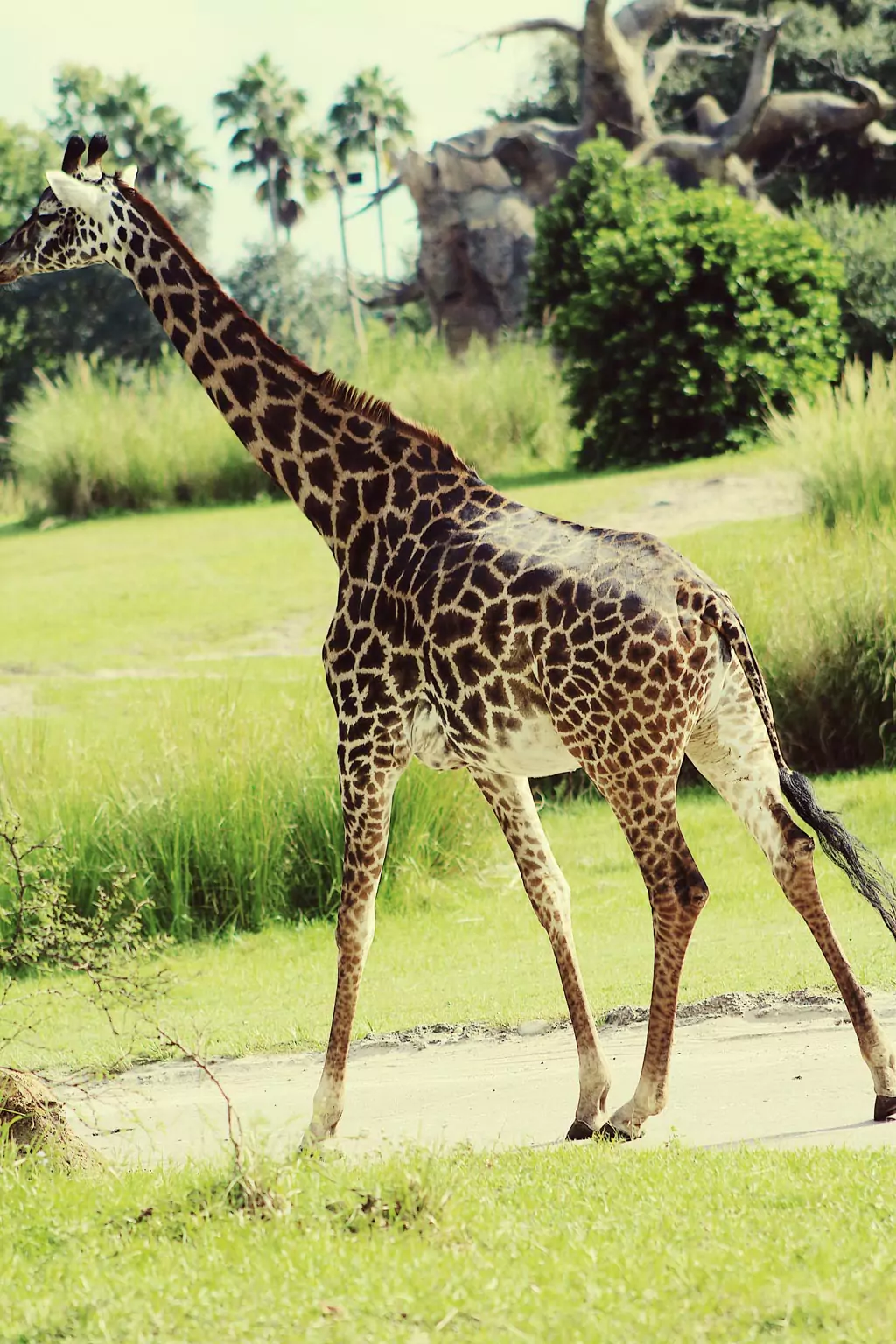
When a receptive female is identified, the male will court her, resting his chin on her back. This ritual is a delicate dance, with the female often moving away, only for the male to follow and reposition himself behind her.
Interestingly, while male giraffes do engage in fierce battles for dominance, it remains unclear if they fight over potential mates. These battles, known as "necking," involve the males swinging their heads and using their horn-like "ossicones" to strike their opponents.
The Role of Environment and Society
Environmental factors play a significant role in giraffe mating behaviors. The abundance of food, presence of predators, and overall environmental conditions can influence when and how giraffes mate. The ever-changing dynamics within giraffe herds also play a crucial role in mate selection.

